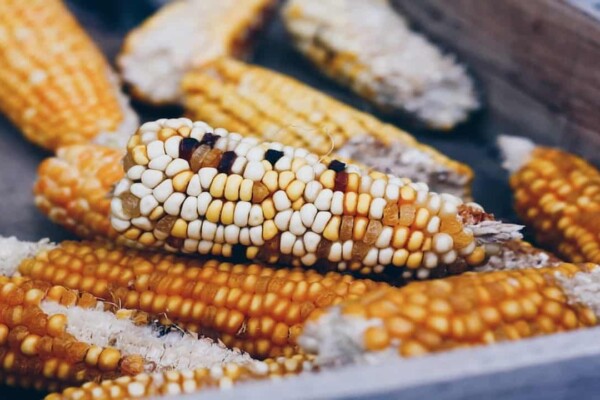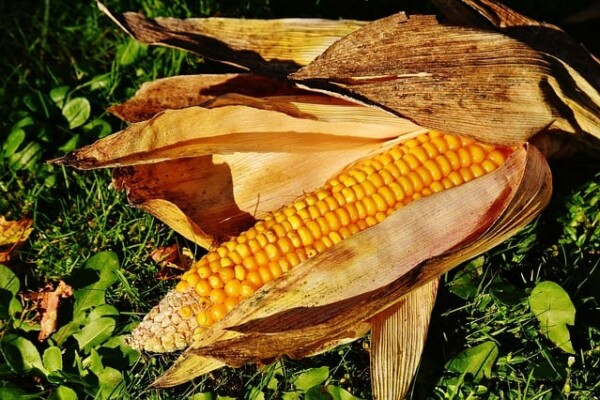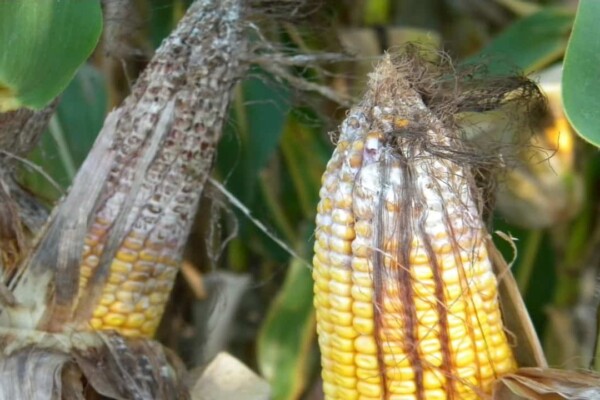
The Food and Agriculture Organization of the United Nations (FAO) has raised increased prospects for global cereal production – 2,611 million tons, a record not yet recorded. Global grain stocks are also expected to reach a record high by the end of 2018, according to the latest FAO Cereal Supply and Demand Report.
The new estimates indicate higher wheat yields as the improved production prospects in the Russian Federation have had a greater impact than the downward revisions for Canada and the United States as well as due to the larger corn and barley production in Brazil and the Russian Federation. Global rice production in 2017 is also now estimated to reach record levels, according to the FAO.
The new FAO forecast also indicates greater use of cereals in food, especially wheat and rice, while the use of coarse grain for feed is designed to reach a maximum level.
As rice is one of the staple grains for a large number of the world’s population, approximately 100 million more tons of rice needs to be produced each year to cover for the increasing demand. To ensure foods security, reduce poverty and help certain populations adapt to the effects of climate changes in areas were rice is traditionally cultivated, profitable rice cultures must survive on less land, with less water and with less labor. Thus, the rice production system must be more efficient, environmental-friendly and more equitable.
Rice and food security
Rice is one of the three major crops cultivated worldwide, along wheat and corn. However, rice is the most important crop that is used as a primarily food source. In developing countries, the availability of rice is closely tied to the food security as well as political stability. The changes in the availability of rice and subsequently in its price have caused social unrest in certain countries. For example, during the food crisis in 2008, the cost of rice tripled. According to the estimations of the World Bank, the increasing of the rice price has pushed 100 million people below the poverty line.
Based on the projections made by the Food and Agricultural Policy Research, the global rice demand is expected to rise up to 496 million tons in 2020 and up to 555 million tons in 2035. Especially the demand on the Asian rice market is projected to account for more than 60% of the total rice demand increase, despite of decline of consumption in China and in India. Also, in Africa, 30 million tons more of rice will be needed to meet the increasing demand of more than 100%, compared to 2010. In addition, in the Americas the total rice consumption is projected to rise with more than 30% over the next decades.
Worldwide, there are more than 150 million hectares used for rice fields. Irrigated lowland fields represent more than half of this area, accounting for 75% of the world’s rice production. These are the most important rice production systems, especially in the Asia region. As the lands is scarce and expansion is not likely for rice fields, rice yield need to rise faster than until now, in order to stabilize the market prices for rice at an affordable level and to ensure access for billions of consumers. The rice yield growth should be somewhere between 1% -1.2% annually after 2020, to feed the growing world population and to maintain the prices affordable for rice.
The heavy water consumption for traditional rice cultivation methods used in many parts of Asia is no longer sustainable, more efficient management systems being needed. However, scientific research has successfully contributed to the increased rice yields, finding new ways to protects ecosystems, but without compromising the productivity of rice fields. For example, the Global Rice Science Partnership brings together more than 900 R&D partners that are actively helping increase the productivity or rice fields.

Fewer resources for rice cultivation
The growth or rice yield has fallen as a result of the decline in investments made in productivity research since the early 1990s. On the other hand, the areas used for rice cultivation in some of the biggest rice producing countries in the world have been decreasing greatly because the land was re-purposed for other activities. Also, water resources have become scarcer, and water is vital for traditional rice cultivation methods. In addition, labor hands are more difficult to find because young farmers are more interested in finding jobs in other industry sectors that are better paid. Although, expansion is still an option in certain areas, the preservation of natural ecosystems must remain one of the top priorities.
Current rice cultivation areas are in danger of being converted into areas needed for urban expansion, land for crops used in the production of biofuels or into land used for other agricultural products, due to agricultural diversification. As a result, the sufficient rice productions to meet future needs must come from smaller cultivation areas. The main strategy used for rice fields should follow the increasing of yield, with the help of new systems, technologies and even with the help of new rice seed varieties. African and South American farmers face the additional challenge of making greater use of lowlands that are still largely unused while preserving their ecosystems.
As far as scarcer water resources goes, in some areas such as northwestern India, declining groundwater levels pose a serious risk to one of the world’s biggest rice producer. Rice systems draw much of their resilience to environmental factors from the intensive water use, thus new solutions are necessary to compensate for the intense water use.
Rice cultures were generally known as needing fertilizers and pesticides in excess, which led to the emission of large amounts of greenhouse gases, such as methane. Nevertheless, recent studies have shown that rice can be grown obtaining a profitable yield even with little use of insecticides and site-specific nutrient management.

Climate changes affecting rice production
Climate change, believe or not, may even have a positive impact on certain areas used for rice cultivation. If the global temperature rises, this could also increase the rice production in northern regions of countries like China, or to grow two rice crops in regions where currently only one rice crop is grown now. Even if more rice crops sound very appealing, climate changes most likely will have more negative impacts on rice fields, just like in other agricultural sectors. The International Food Policy Research Institute forecasts a rise in price of rice by 2050 because of the climate change. In addition, rice productivity is expected to be reduced by 14% in South Asia, by 10% in East Asia and the Pacific, and by 15% in the Sub-Saharan Africa region.
Melting polar ice caps and glaciers, due to the rise of temperatures, will lead to a rise of the seawater levels in average by 1 m by the end of the 21st century. As rice is grown in Asia in low-lying deltas, the rice production would become very vulnerable to climate changes, because part of those lands would be unusable. For instance, more than half of Vietnam’s rice production comes from the Mekong River delta, which could be affected by the rise of the sea level.
One of the unique particularities of rice is that is a crop that can adapt to extremely wet conditions, but uncontrolled floods are a problem, because rice can’t survive if it remains submerged under water for a long period of time. Even now, about 20 million hectares of the world’s rice growing areas are at risk of being flooded on occasion, because of the sea level rises in coastal areas and the increased intensity of tropical storms. Particularly countries like Bangladesh and India are affected by frequent flooding or rice fields. In addition, higher sea levels will also determine an increase of the salinity that can permeate throughout entire deltas and change the hydrological systems. Rice is only moderately tolerant to salt, thus rice yields can be considerably reduced in the presence of salt.
Climate changes are not the only enemies of rice cultures, as they also determine the development – sometimes in a negative way – of other external factors that can potentially damage rice yields, such as weeds, diseases that affect rice and other cereals and animals. Extreme weather conditions have led to rodent population outbreaks in Asia or have provoked the increase of the intensity of some diseases, such as blast or brown spot.
The challenges that the rice industry has to face are complex and involve the creation of sustainable strategies that will primarily enable the production needed to delivered to the growing demand for rice, especially in the areas where traditional cultivation technologies are intensively used, but also ensuring profitable productions to keep rice prices at an affordable level for a growing consumer market.




